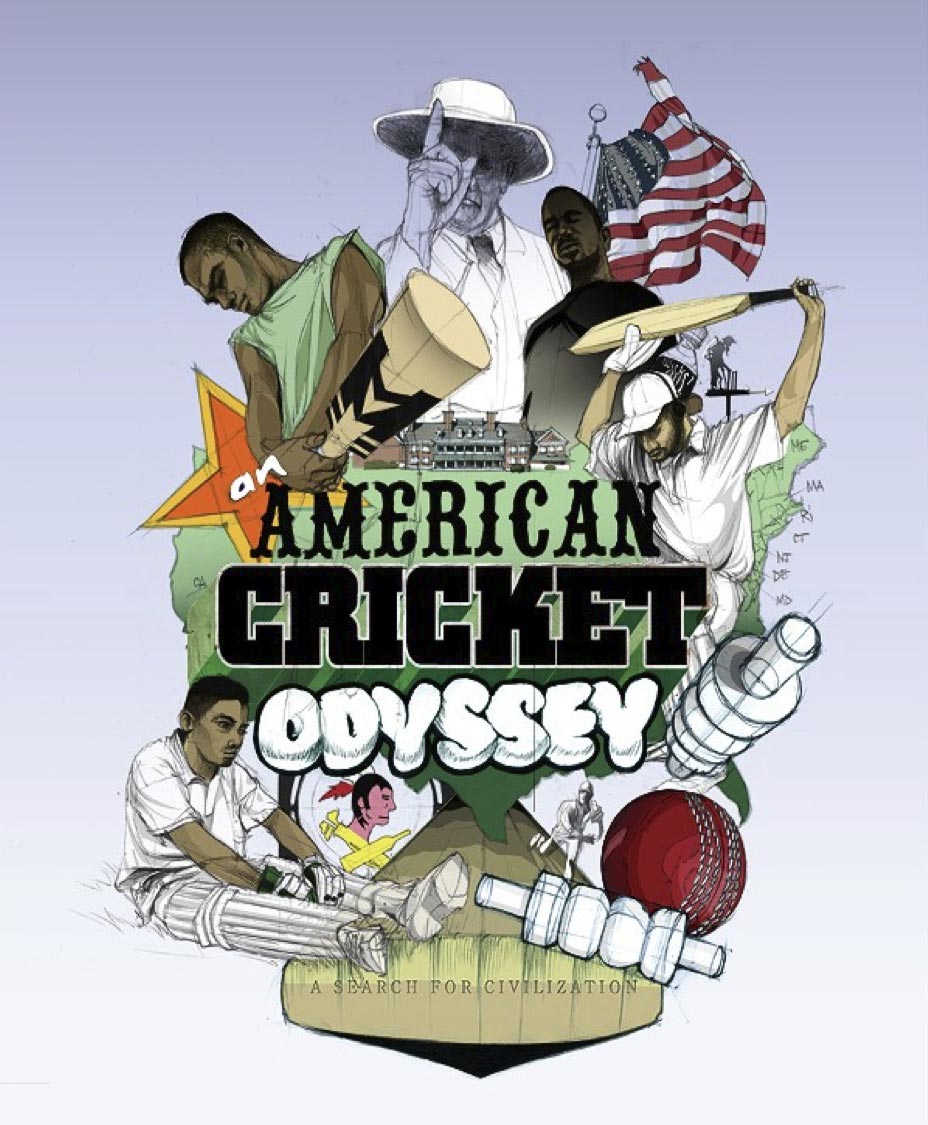Introduction
Since the turn of the 21st century, the United States of America has become prone to a predatory narcissistic tendency that stalks the cultural, political and legal spheres. In some respects it is as if the embers of the American Civil War are threatening to reignite. Arguably it was the “stolen” election of 2000 that set the tone, an election that devolved into an unseemly partisan face off within the Supreme Court. The outcome of that election, according to one side of the partisan divide, boiled down to flawed voting technology disenfranchising voters in four Floridian counties. Of these four counties it was the citizens of Broward County that for whatever reason became the unwitting focus of a deeply unwanted media glare. Yet away from this dystopian spotlight, those very same citizens were readying themselves to lay the foundation stone for the rebirth of a deeply colonial sport. A sport whose very laws are prefaced with a preamble stating that “The Game should be played not only within its Laws but also within its Spirit”. What pray is the name given to such an enigmatic pastime? The answer is cricket.
Cricket? In America? Usually the conjunction of those two words is greeted with a fair amount of disbelief. Most Americans, if they are aware of cricket at all, think of it as a long drawn out esoteric pastime popular with South Asians and the Limeys. Even Old World cricket fans are often unaware of the long and proud cricketing history that America has, or how the game was a major spectator sport in the 19th Century, retaining significant pockets of interest right up until World War One. Many are also oblivious to the revival that the sport has undergone in the States since the 1970s, not to mention the unique difficulties it faces in establishing a bridgehead in the US sporting mainstream.

During the course of this project we will examine that revival and trace the cultural forces that are underpinning it—the silent Asian migration of the last 20 years, the Anglophilia of the East Coast, and the gradual reintegration of the US into world sport that is an inevitable by-product of globalization and technology.
We meet the men (and women) at the helm of the US cricketing revival: The ex gang members playing the sport in South Central Los Angeles, the Bronx woman teaching it a New York high school, the dreamers who have attempted to promote their sport via a succession of hare-brained schemes, the idealists keeping the cricket flag flying in the most unlikely of backwaters and the well-meaning amateurs in charge of the national governing body.
And the Odyssey'? Homer's epic tells the story of a hero's long and arduous return to civilization from the battlefield. Prior to the Civil War cricket was the most popular sport in the US. After over a century on the margins we will examine the wider question of what would it take for cricket to re-establish itself in the mainstream of both US sport and the US psyche. We argue that a sporting community with a history as long as the nation itself, a distinctive moral code (no matter how oblique), and an egalitarianism that cuts across the social spectrum, is well qualified to commence its journey back to the center, and in so doing infusing US culture with the unique qualities that cricket embodies. Qualities that whilst seemingly ephemeral are in fact timeless.